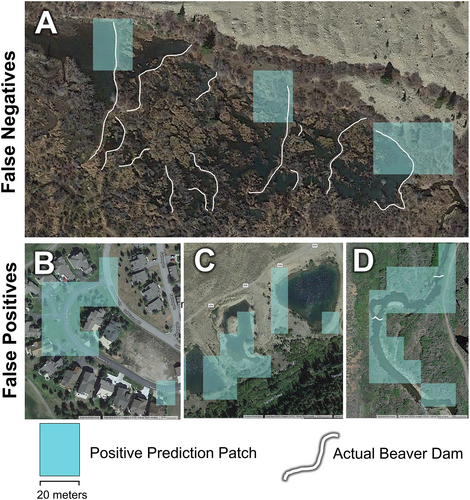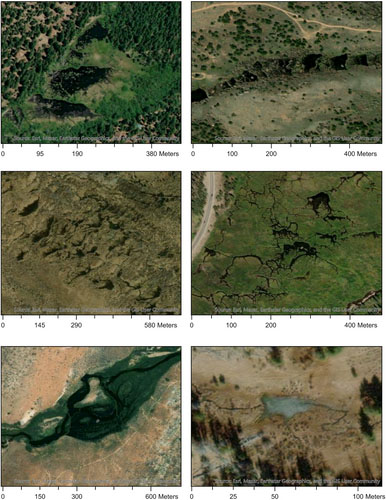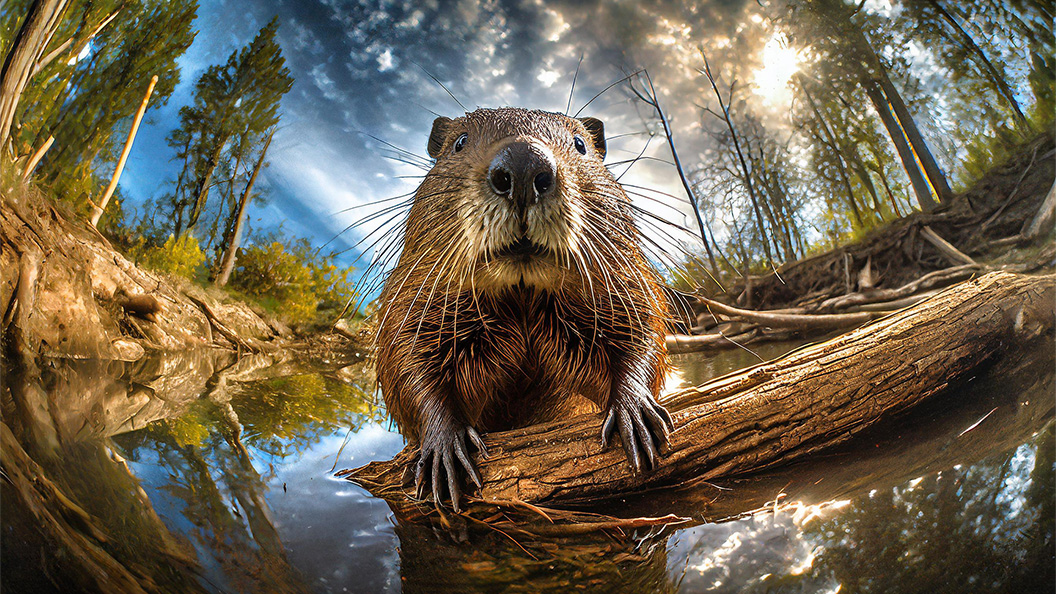A lot of us probably carry a caricatured image of beavers from our childhood cartoons in our minds: powerful sharp teeth, long aggressive claws, a flat and scaly tail...While they are often depicted as clumsy, disorderly, or even malevolent, these rodents nevertheless hide remarkable intellectual faculties behind their appearance. Long considered pests, these rodents could yet save America. How? By observing and analyzing their behavior from space!
Beaver dams create complex ecosystems, housing a diversity of plant and animal life.
Eddie Corwin, a former member of Google's real estate sustainability division, spearheaded a groundbreaking initiative born from his quest for innovative solutions in water resource management. Along this journey, he unexpectedly fell in love with beavers. As beavers were nestled amidst waterways near Google's premises, Eddie exploration their hydraulic engineering strategies.

Eddie made an amazing discovery: beaver structures were so huge they could be seen from space! This inspired him to team up with other researchers and use machine learning to study them even more. Together, they developed a machine learning algorithm that can spot beaver dams and ponds from satellite images. This lets them study thousands of beaver homes across whole states very accurately and quickly. So why look at beaver dams?
Figuring out how well beaver dams work can help us find new ways to prevent floods in vulnerable areas.
Beaver dams create complex ecosystems, housing a diversity of plant and animal life. By reintroducing or preserving beaver populations, we can breathe new life into degraded ecosystems, amplifying biodiversity. Furthermore, the water-regulating prowess of beavers offers a natural defense against downstream flooding. In addition to flood control, beaver dams also act as natural filters, cleansing waterways of sediment and pollutants. And the cherry on top: the reservoirs created by beaver ponds serve as significant carbon sinks. Who knew beavers were already fighting climate change before us?

By studying beavers and their water management systems, Eddie and his team have gained a wealth of opportunities to make a positive impact on the planet. From regulating water flow to restoring ecosystems and even sequestering carbon, the beaver could learn us a thing or two about how we could maintain the health of our environment. Maybe humans can build a more sustainable future where humans an nature thrive in harmony -simply through careful observation and thoughtful stewardship.

Share your thoughts and join the technology debate!
Be the first to comment